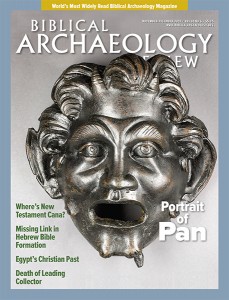
Matthew 2:11 recounts that the wise men brought Jesus gold, frankincense and myrrh—costly gifts. In antiquity, frankincense and myrrh were both used in incense and perfume. Alan Millard, Rankin Professor Emeritus of Hebrew and Ancient Languages at the University of Liverpool, explains the ancient origins of incense—both its sacred and profane uses.1
Incense was an integral part of worship of the gods across the ancient Near East from the earliest periods ...
We may assume that in prehistoric times people noticed that certain things gave off a pleasant smell when put on fire ...
Observing that wood or sap or resin from particular trees were productive, they experimented with others, so that some were sought especially for the purpose ...
What human beings enjoyed, they would expect their gods to enjoy also and, as usual, they lavished that on their deities. By the end of the third millennium B.C., documents from Babylonia record a wide variety of materials used for perfumes and incense, derived from various vegetable substances—resins, shavings, twigs—and incense burners occur in cuneiform texts from the Early Bronze Age into the Iron Age.
Already a library member? Log in here.
Institution user? Log in with your IP address.

